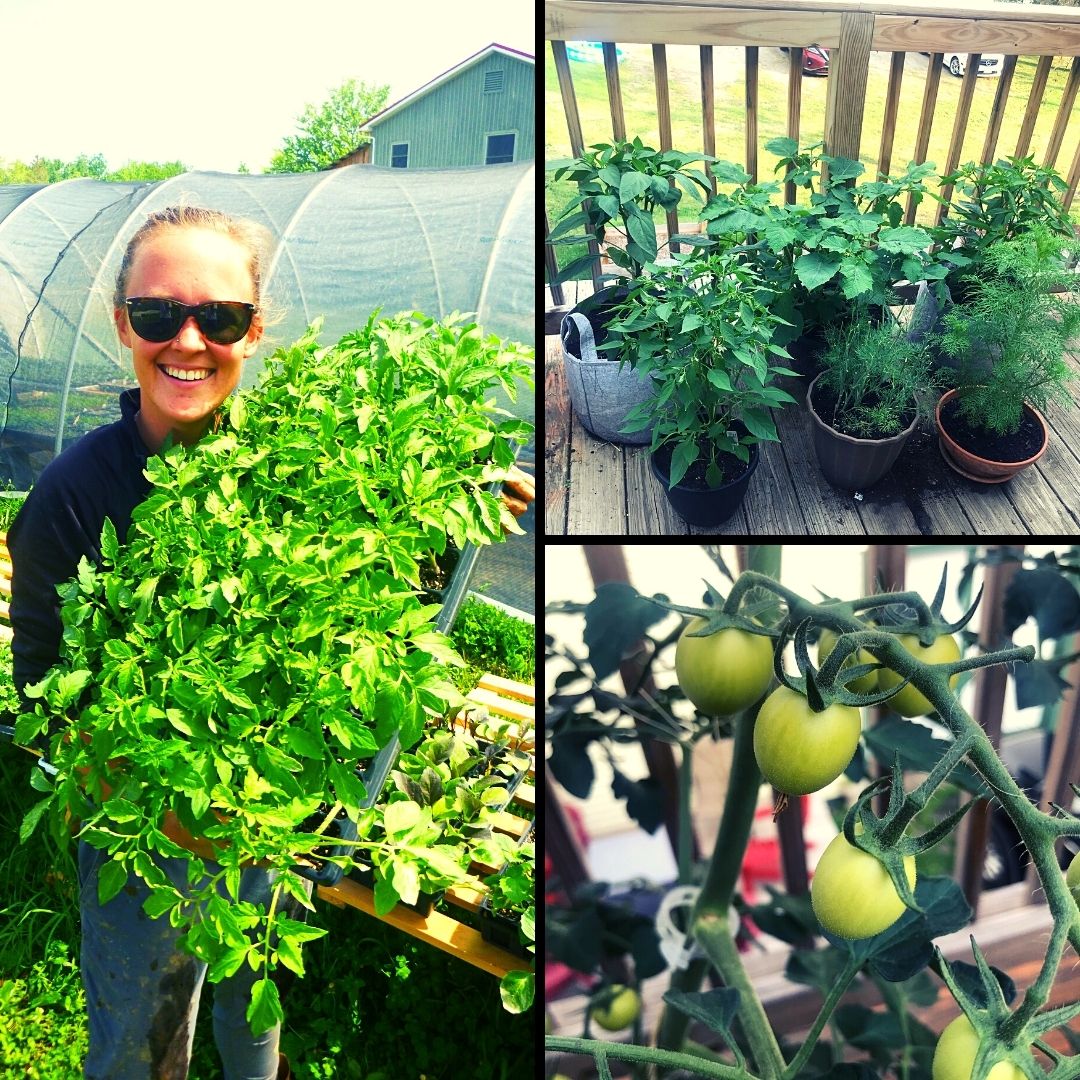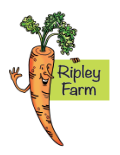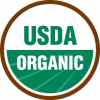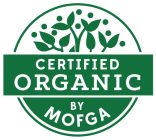How To Grow Fresh Veggies And Flowers Without Garden Space
Hi! It's Mary Margaret here. I'm so excited to bring you this special guest post by Ripley Farm's Assistant Farmer Hannah Johnson!
She's our "garden anywhere" girl, and she's about to show you how easy it is to grow the fresh organic veggies and flowers of your dreams even if you don't have garden space. Read on and let her personal experience, tips, and success growing in containers guide you to your own...
Have you ever wanted to grow your own food or flowers, but felt overwhelmed by the thought of putting in a large garden?
Or do you live in an apartment with little outdoor space to grow?
If this sounds like you, or if you like the idea of having some plants closer to your house, or even indoors, container gardening might be a good option for you.
Gardens make good memories, no matter the size
Container gardening is in my blood. When I was a kid my mom would grow lots of flowers in pots on our back deck that I would help her plant.
When I went away to college I continued the tradition and always had a potted plant or two in my room.
It wasn't until I moved into my first apartment and had a little more space that I stared experimenting more with growing edible plants, like herbs in my kitchen, and tomatoes on my patio. I found it even more rewarding than the flowers I had grown previously, because I could eat what I had grown!
This past year I had my biggest container garden yet, consisting of tomatoes, peppers, dill, chives, basil, cilantro, parsley, ground cherries, marigolds, cosmos, nasturtiums, and zinnias. And there really aren't too many excuses, as I live in town on the second story with a little deck as my only outdoor access.
And voila! With a little work, you can have a garden anywhere!

How to grow fresh veggies and flowers without garden space
Starting a container garden is super simple! There are four easy steps to doing it right:
- Choose what you want to grow, aka make your plan!;
- Find an appropriate sized container;
- Buy soil and the seeds/seedlings you want to plant; and finally
- Tend the plants and reap the harvest/eye candy!
Planning: What you need to know
You can grow almost anything in a container! The easiest things to grow are greens and herbs, which can be cut several times before they start to deteriorate and will grow successfully in almost any size container.
Also try tomatoes, peppers, eggplant, flowers like marigolds, sunflowers, cosmos, and more. My mom has even trellised cucumbers along her deck!
- Tip: Growing larger root/underground crops like beets, carrots, and potatoes, etc. is not recommended. These plants like a lot of earth below them which does not lend itself well to containers.
Containers: What you need to know
You want to be sure your container is large enough for the plant once it is fully grown. The seedlings might look small when you first get them, but with proper care and adequate space they will grow into big, beautiful, full-sized plants.
Here are some common pot sizes sold with the type of plants that will grow well in that size:
- 12-24-inch/5 gallons or larger: Tomatoes, summer squash, cucumber
- 12-18-inch/3-5 gallons: Larger herbs like basil and dill, a single head of cabbage, eggplant, collards, chard, 3-4 spinach plants, 2-3 heads of lettuce
- 9-12-inch/1-3 gallons: Smaller perennial herbs like thyme, sage, and chives, cut greens like lettuce mix, arugula, and baby kale
You can use almost any container to plant your seedlings, but you want to make sure it has proper drainage. It is important that once the plants have had the water they need that the rest can be drained from the bottom or evaporate.
Poor drainage can cause rot and mold problems. I have planted in 5 gallon buckets, ceramic bowls, even an old cooler! To ensure good drainage simply drill small holes about every 3-4 inches in the bottom of the containers. Most store bought containers will come with appropriate drainage.
Besides solid material containers like those mentioned above, another great option for growing are 'grow bags'. They are typically made from sturdy canvas or wool, are light weight, and naturally drain well. Most grow bags also come with handles to allow you to move them depending on the weather.
Soil: What you need to know
The next thing to think about for your container garden is the type of soil you will use.
It can definitely be overwhelming to go to the hardware store and try to decide the best soil for your specific use. They have so many options!
I try to look for an organic potting mix that specifically says safe for vegetables. Beware of non-organic potting mixes, as many of them contain synthetic nutrients intended for flowers and non-edible plants.
Personally, I like the Coast of Maine brand because they are organic and clearly label best use for their products on the front of the bag. I have used their Bar Harbor Blend Organic Potting Soil and Castine Blend Organic Raised Bed Mix, both with great success!
- Tip: Be sure not to use soil from the previous year, as it will have lost nutrients from last year's plants! The advantage to buying soil each year is that your containers will have little to no weed pressure.
Seeds/Seedlings: What you need to know
The most fun part of container gardening is buying the seeds or seedlings and getting them planted! Get those hands dirty!
Buying seedlings that have already been started makes getting your garden started a breeze. Simply order or purchase seedlings from your local farm or nursery, bring them home, and plant them.
Most plants will come with directions on how deep to plant them, but generally you should cover the root system and just below the first leaf with soil. I find the easiest way to get the right amount of soil in the container is to fill it to where the bottom of the seedling's root structure will sit, then place the seedling into the container and fill around it with the soil.
If the plant's roots are tightly woven together, I break the roots apart to encourage growth beyond the form of the seedling's original container. Once the container is all filled in, be sure to give it a good drink of water!
- Tip: Some nurseries sell seedlings before the last frost date in the spring. Either bring your plants inside or don't purchase and plant before the last frost date!
Tending/Harvesting: What you need to know
To keep your plants happy and healthy, all they need is water and sunshine. Water them as needed-- you want the soil to feel moist, but not wet. I usually water once in the morning and once when I get home from work in the hot summer months. Check on them as often as you can and resist the urge to over water!
- Tip: The smaller the plant, the easier it is to grow.
Peppers may require a stake and twine for support if you choose a larger variety, but are also an easy choice. Flowers are similar, in that they may need a stake if they are larger.
Tomatoes require a trellis system and pruning to keep them healthy. While they may be a little more, “high maintenance,” I still find them relatively simple to grow. You can either purchase a tomato cage to support the plant, or you can build a trellis system. I attach some twine to my clothesline and then wrap the twine around the stem or clip them to the twine.
And when you're checking on your plants regularly, you will notice when it's time to harvest! With greens and herbs, that will come sooner than the larger fruiting plants, but eventually all your efforts will be rewarded!
Nothing tastes as good as home-grown and fresh-picked. Container gardening makes it easy to have your favorite vegetables right outside your kitchen door or on your counter with minimal input of effort.
Order your seedlings for this coming spring and take your first steps towards creating a container garden bursting with color and flavor! More info on getting seedlings from our farm is found here.
Have you grown in containers before? We would love to see pictures and learn about your tips/tricks!
Comment below or send us an email at ripleyfarm@gmail.com-- we love to hear from you.



Add new comment